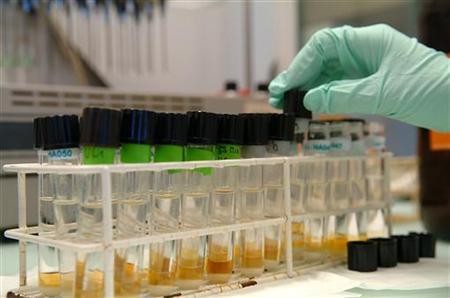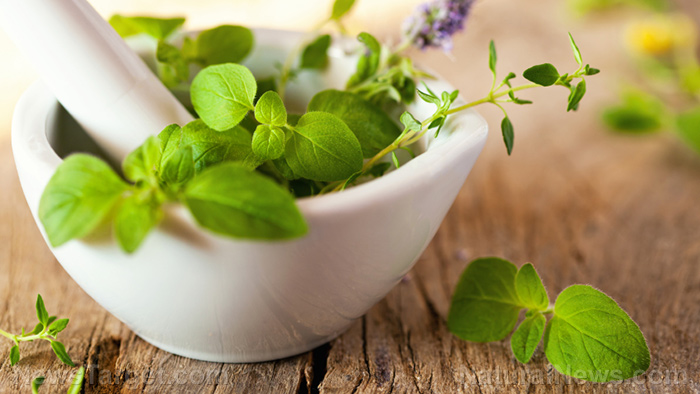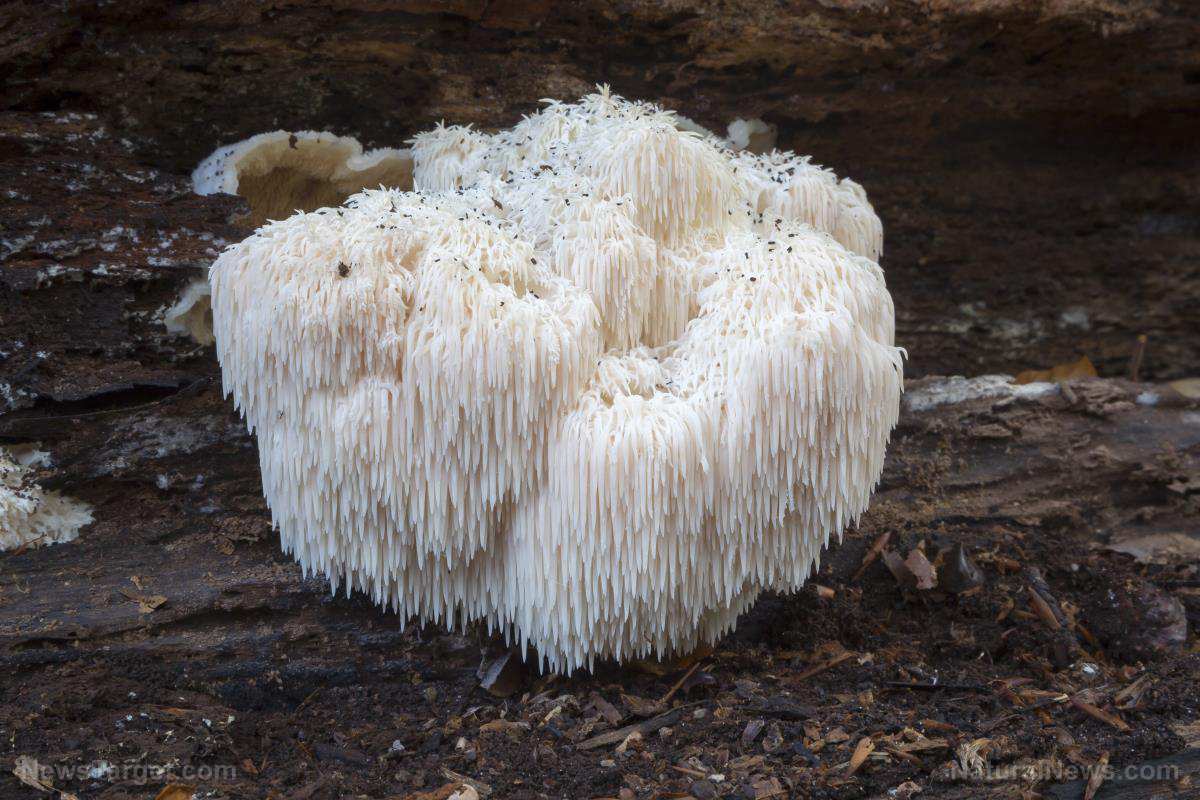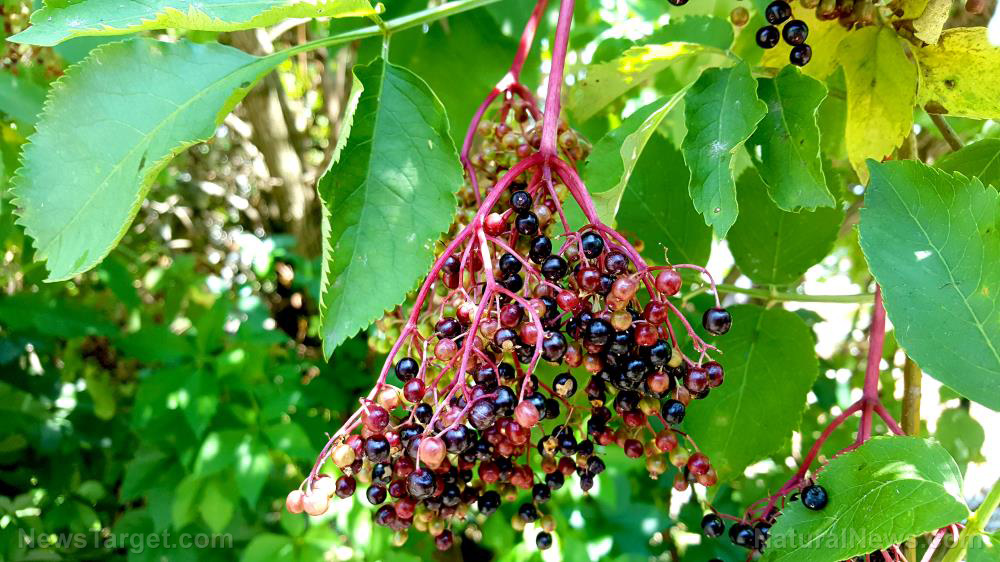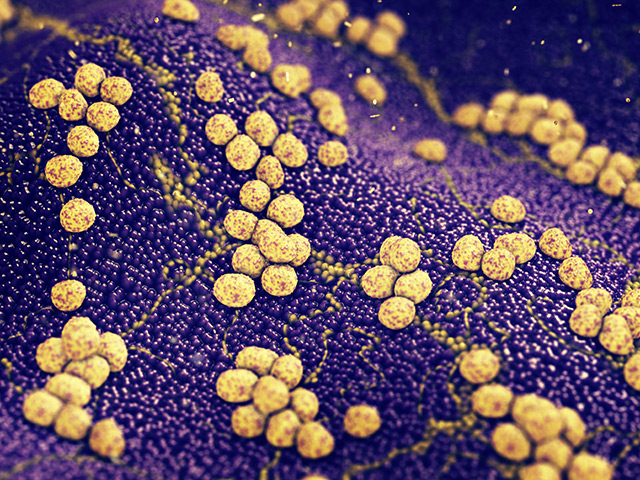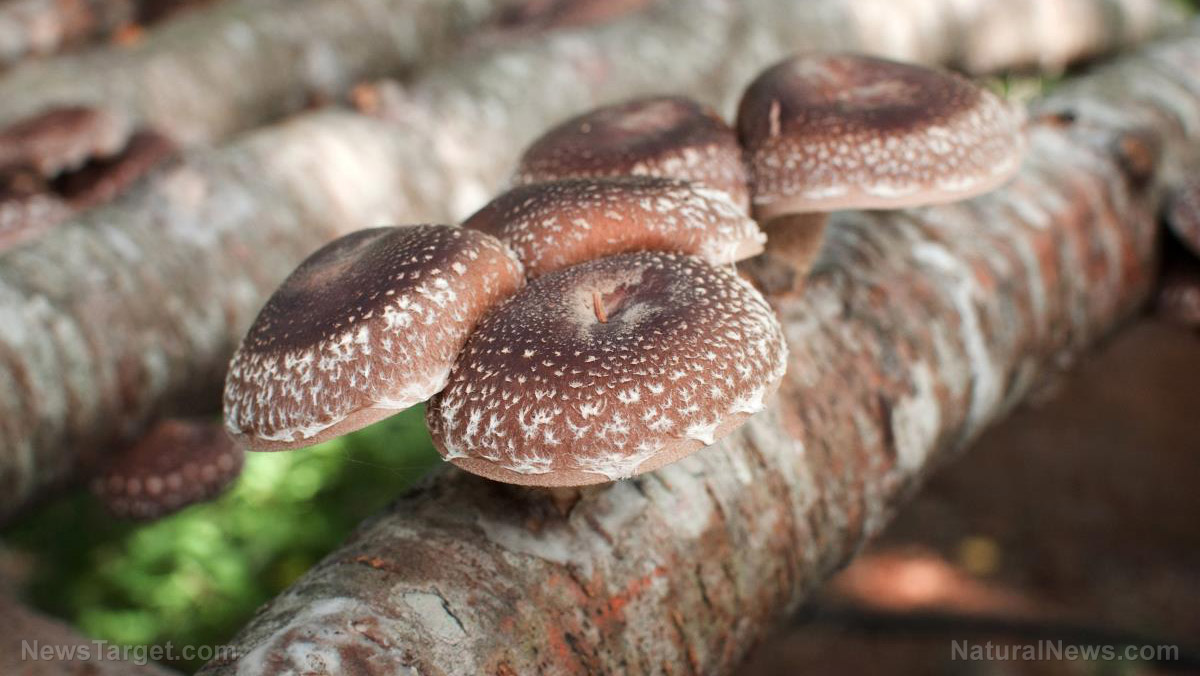Positive poison: Purified honey bee venom could be used to treat osteoarthritis
10/06/2020 / By Evangelyn Rodriguez

Honey bees are known for producing useful products, such as honey, royal jelly, bee pollen and propolis. Aside from serving as food (honey), these natural products are widely used for their substantial health benefits.
But there’s another thing honey bees produce that most people wouldn’t expect to have medicinal uses. Bee venom, a colorless, acidic liquid excreted by bees through their stingers, has a surprising history of use as medicine that dates back to ancient times.
Records suggest that the Ancient Chinese, Egyptians and Greeks all believed in the power of bee venom and used it to treat human diseases, particularly rheumatism and arthritis. Known as bee venom therapy, or apitherapy, its medicinal effects were first discussed by modern researchers in an article published in 1888.
In a recent study, American and South Korean researchers evaluated the potential of purified European honey bee (Apis mellifera) venom (HBV) to treat osteoarthritis-related knee pain and improve physical function. This phase 3 trial showed that HBV biotherapy is a reliable alternative treatment for osteoarthritis, a common form of arthritis that affects millions of people worldwide.
The researchers reported their findings in an article published in The Journal of Alternative and Complementary Medicine.
Honey bee venom alleviates osteoarthritis pain and restores knee function
Osteoarthritis, which commonly affects the hands, knees, hips and spine and could irreversibly damage any joint, is a disease that develops slowly and worsens over time. Sometimes called the “wear and tear” disease, it occurs when the cartilage that cushions bones in the joints gradually deteriorates.
The pain that comes with osteoarthritis is caused by the bones rubbing on each other, the connective tissues — which hold the joints together — deteriorating and the joints becoming inflamed. People with severe osteoarthritis not only suffer from chronic joint pain, but also from joint stiffness that considerably decreases their quality of life.
The use of HBV as natural medicine can be traced back to the time of Hippocrates. Widely regarded as the father of medicine, Hippocrates was one of the first healers to treat joint pain and arthritis with HBV. While modern studies have reported conflicting results, HBV has been proposed as a therapy not just for arthritis, but also for other painful conditions, such as bursitis, tendonitis, gout, shingles and burns.
To test the effectiveness of HBV biotherapy in relieving osteoarthritis pain, the researchers recruited 538 patients with Kellgren/Lawrence grade 1-3 radiographic knee osteoarthritis and Western Ontario and McMaster Universities Osteoarthritis Index (WOMAC) pain scores equal to or greater than 2. They randomized these patients 1:2 to either the control group or the HBV group.
The researchers gave the patients 12 weekly dermal injections of either histamine (control) or HBV. At each of the 12 weekly visits, they administered a set of 15 dermal injections at prespecified acupuncture points — five on each knee and five near the spinous processes. Each injection contained 2.75 micrograms (mcg) histamine or 100 mcg HBV.
Throughout the trial, the researchers evaluated WOMAC pain and physical function subscales, visual analog scale (VAS), patient global assessment (PGA) and physician global assessment (PhGA). They also monitored the use of rescue medication (acetaminophen) among the patients, as well as routine safety parameters.
The researchers reported that, compared with the control, HBV biotherapy significantly improved WOMAC pain scores and WOMAC physical function after 12 weeks. These improvements were sustained for four weeks after treatment. HBV also significantly improved VAS scores, as well as PGA and PhGA evaluations, indicating that the patients responded more favorably to their overall condition with HBV treatment.
The researchers noted that acetaminophen use was similar between the groups. Although HBV caused more injection site reactions than the control, overall safety profiles were comparable between the two groups.
Based on these findings, the researchers concluded that HBV biotherapy can significantly improve knee osteoarthritis pain and physical function.
Sources include:
Submit a correction >>
Tagged Under:
alternative medicine, apitherapy, arthritis cure, biotherapy, disease treatment, honey bee venom, honey bees, knee pain, natural cures, natural medicine, Osteoarthritis, pain relief, remedies, research
This article may contain statements that reflect the opinion of the author
RECENT NEWS & ARTICLES
COPYRIGHT © 2017 NATURAL CURES NEWS








